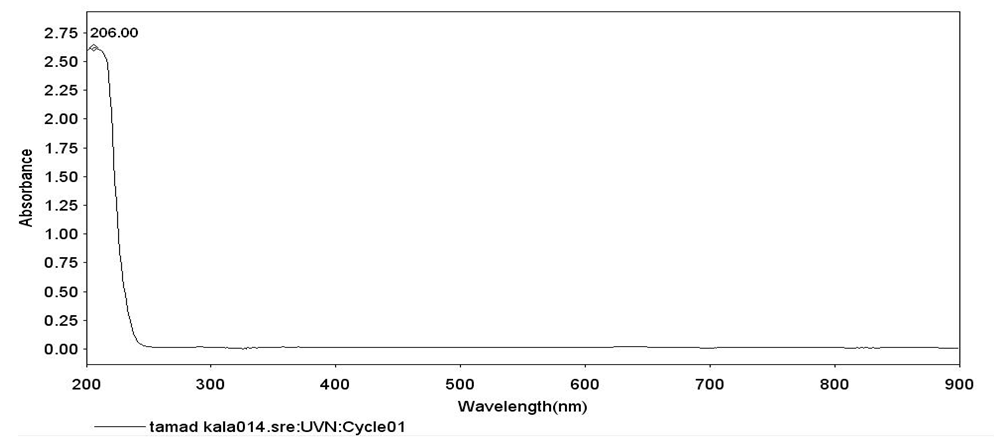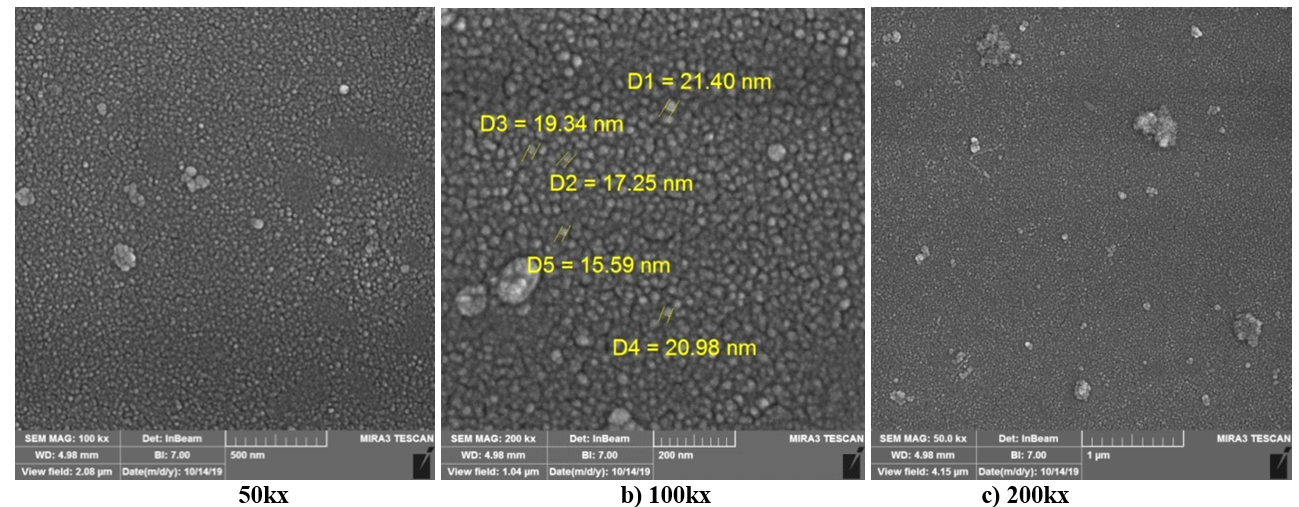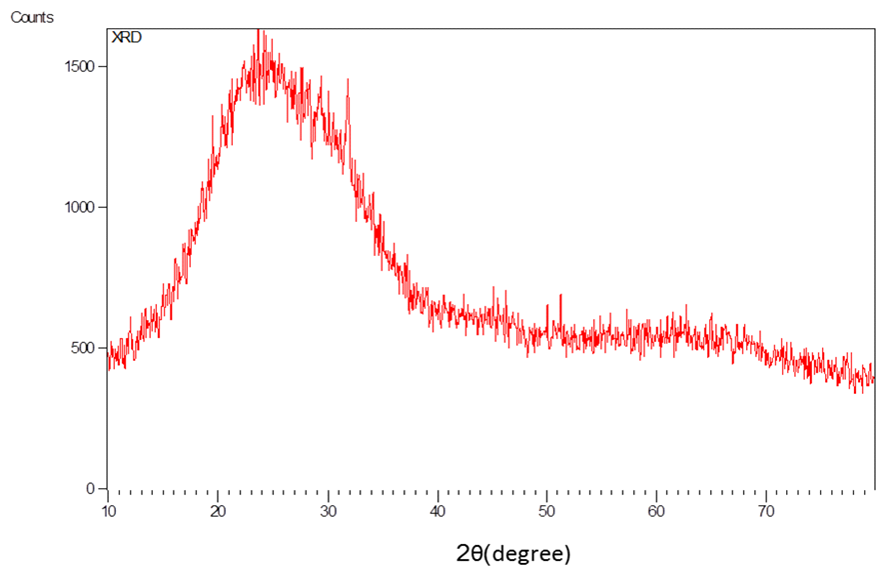1. Sharma J, Chauhan D. Inhibition of Pseudomonas aeruginosa by antibiotics and probiotics combinations-In vitro study. Eur J Exp Biol. 2014;4(6):10-4.
2. Moghadam SS. Comparative effects of granulocyte-colony stimulating factor and colistin-alone or in combination on burn wound healing in Acinetobacter baumannii infected mice. Iran J Microbiol. 2018;10(6):371.
3. Majidpour A, Fathizadeh S, Afshar M, Rahbar M, Boustanshenas M, Heidarzadeh M, et al. Dose-Dependent Effects of Common Antibiotics Used to Treat Staphylococcus aureus on Biofilm Formation. Iranian journal of pathology. 2017;12(4):362-70. [
DOI:10.30699/ijp.2017.27993] [
PMID] [
PMCID]
4. Hentzer M, Riedel K, Rasmussen TB, Heydorn A, Andersen JB, Parsek MR, et al. Inhibition of quorum sensing in Pseudomonas aeruginosa biofilm bacteria by a halogenated furanone compound. Microbiology. 2002;148(Pt 1):87-102. [
DOI:10.1099/00221287-148-1-87] [
PMID]
5. Safari M. Prevalence of ESBL and MBL encoding genes in Acinetobacter baumannii strains isolated from patients of intensive care units (ICU). Saudi J Biol Sci. 2015;22(4):424-9. [
DOI:10.1016/j.sjbs.2015.01.004] [
PMID] [
PMCID]
6. Chen X, Schluesener HJ. Nanosilver: a nanoproduct in medical application. Toxicology letters. 2008;176(1):1-12.
https://doi.org/10.1016/j.toxlet.2003.10.012 [
DOI:10.1016/j.toxlet.2007.10.004]
7. Ebrahimnezhad P, Khavarpour M, Khalili S. Survival of Lactobacillus Acidophilus as probiotic bacteria using chitosan nanoparticles. Int J Engineer. 2017;30(4):456-63. [
DOI:10.5829/idosi.ije.2017.30.04a.01]
8. Sadeghi-Ghadi Z, Vaezi A, Ahangarkani F, Ilkit M, Ebrahimnejad P, Badali H. Potent in vitro activity of curcumin and quercetin co-encapsulated in nanovesicles without hyaluronan against Aspergillus and Candida isolates. Journal de mycologie medicale. 2020;30(4):101014. [
DOI:10.1016/j.mycmed.2020.101014] [
PMID]
9. Mir M, Ebrahimnejad P. Preparation and characterization of bifunctional nanoparticles of vitamin E TPGS-emulsified PLGA-PEG-FOL containing deferasirox. Nanosci Nanotechnol Asia. 2014;4(2):80-7. [
DOI:10.2174/2210681205666150515000224]
10. Ebrahimnejad P. Development and Validation of an Ion-pair HPLC Chromatography for Simultaneous Determination of Lactone and Carboxylate Forms of SN-38 in Nanoparticles. J Food Drug Anal. 2009;17(4). [
DOI:10.38212/2224-6614.2602]
11. Lok CN, Ho CM, Chen R, He QY, Yu WY, Sun H, et al. Silver nanoparticles: partial oxidation and antibacterial activities. Journal of biological inorganic chemistry : JBIC : a publication of the Society of Biological Inorganic Chemistry. 2007;12(4):527-34. [
DOI:10.1007/s00775-007-0208-z] [
PMID]
12. Klasen HJ. A historical review of the use of silver in the treatment of burns. II. Renewed interest for silver. Burns : journal of the International Society for Burn Injuries. 2000;26(2):131-8. [
DOI:10.1016/S0305-4179(99)00116-3] [
PMID]
13. Chatterjee T. Antibacterial effect of silver nanoparticles and the modeling of bacterial growth kinetics using a modified Gompertz model. Biochim Biophysic Acta General Subject. 2015;1850(2):299-306. [
DOI:10.1016/j.bbagen.2014.10.022] [
PMID]
14. Cotton GC, Gee C, Jude A, Duncan WJ, Abdelmoneim D, Coates DE. Efficacy and safety of alpha lipoic acid-capped silver nanoparticles for oral applications. RSC advances. 2019;9(12):6973-85. [
DOI:10.1039/C9RA00613C] [
PMID] [
PMCID]
15. Anaya-Esparza LM, Gonzalez-Silva N, Yahia EM, Gonzalez-Vargas OA, Montalvo-Gonzalez E, Perez-Larios A. Effect of TiO(2)-ZnO-MgO Mixed Oxide on Microbial Growth and Toxicity against Artemia salina. Nanomaterials. 2019;9(7). [
DOI:10.3390/nano9070992] [
PMID] [
PMCID]
16. Brodsky GL, Bowersox JA, Fitzgerald-Miller L, Miller LA, Maclean KN. The prelamin A pre-peptide induces cardiac and skeletal myoblast differentiation. Biochemical and biophysical research communications. 2007;356(4):872-9. [
DOI:10.1016/j.bbrc.2007.03.062] [
PMID]
17. Boehme C. Comparison of Shigella susceptibility to commonly used antimicrobials in the Temuco Regional Hospital, Chile 1990-2001. Revista Medica de Chile. 2002;130(9):1021-6. [
DOI:10.4067/S0034-98872002000900009]
18. Tajbakhsh M, Garcia Migura L, Rahbar M, Svendsen CA, Mohammadzadeh M, Zali MR, et al. Antimicrobial-resistant Shigella infections from Iran: an overlooked problem? The Journal of antimicrobial chemotherapy. 2012;67(5):1128-33. [
DOI:10.1093/jac/dks023] [
PMID]
19. Gharibi O, Zangene S, Mohammadi N, Mirzaei K, Karimi A, Gharibi A, et al. Increasing antimicrobial resistance among Shigella isolates in the Bushehr, Iran. Pakistan journal of biological sciences : PJBS. 2012;15(3):156-9. [
DOI:10.3923/pjbs.2012.156.159] [
PMID]
20. Akmaz S. The effect of Ag content of the chitosan-silver nanoparticle composite material on the structure and antibacterial activity. Advances in Materials Science and Engineering. 2013. [
DOI:10.1155/2013/690918]
21. Ounkaew A. Green synthesis of nanosilver coating on paper for ripening delay of fruits under visible light. J Environ Chem Engineer. 2021;9(2):105094. [
DOI:10.1016/j.jece.2021.105094]
22. Mahshid S, Askari M, Ghamsari MS. Synthesis of TiO2 nanoparticles by hydrolysis and peptization of titanium isopropoxide solution. J Material Process Technol. 2007;189(1-3):296-300. [
DOI:10.1016/j.jmatprotec.2007.01.040]
23. Sallehudin TAT, Seman MNA, Chik SMST. Preparation and Characterization Silver Nanoparticle Embedded Polyamide Nanofiltration (NF) Membrane. In MATEC Web of Conferences. 2018;150:02003. [
DOI:10.1051/matecconf/201815002003]
24. Lowman W, Aithma N. Antimicrobial susceptibility testing and profiling of Nocardia species and other aerobic actinomycetes from South Africa: comparative evaluation of broth microdilution versus the Etest. Journal of clinical microbiology. 2010;48(12):4534-40. [
DOI:10.1128/JCM.01073-10] [
PMID] [
PMCID]
25. Parvekar P, Palaskar J, Metgud S, Maria R, Dutta S. The minimum inhibitory concentration (MIC) and minimum bactericidal concentration (MBC) of silver nanoparticles against Staphylococcus aureus. Biomaterial investigations in dentistry. 2020;7(1):105-9. [
DOI:10.1080/26415275.2020.1796674] [
PMID] [
PMCID]
26. Farmoudeh A, Shokoohi A, Ebrahimnejad P. Preparation and Evaluation of the Antibacterial Effect of Chitosan Nanoparticles Containing Ginger Extract Tailored by Central Composite Design. Advanced pharmaceutical bulletin. 2021;11(4):643-50. [
DOI:10.34172/apb.2021.073] [
PMID] [
PMCID]
27. Sharifi F, Jahangiri M, Ebrahimnejad P. Synthesis of novel polymeric nanoparticles (methoxy-polyethylene glycol-chitosan/hyaluronic acid) containing 7-ethyl-10-hydroxycamptothecin for colon cancer therapy: in vitro, ex vivo and in vivo investigation. Artificial cells, nanomedicine, and biotechnology. 2021;49(1):367-80. [
DOI:10.1080/21691401.2021.1907393] [
PMID]
28. Shafiqa A, Aziz AA, Mehrdel B. Nanoparticle optical properties: size dependence of a single gold spherical nanoparticle. J Physic Conference Series. 2018. [
DOI:10.1088/1742-6596/1083/1/012040]
29. Patra JK, Baek KH. Antibacterial Activity and Synergistic Antibacterial Potential of Biosynthesized Silver Nanoparticles against Foodborne Pathogenic Bacteria along with its Anticandidal and Antioxidant Effects. Frontiers in microbiology. 2017;8:167. [
DOI:10.3389/fmicb.2017.00167] [
PMID] [
PMCID]
30. Kubacka A, Diez MS, Rojo D, Bargiela R, Ciordia S, Zapico I, et al. Understanding the antimicrobial mechanism of TiO(2)-based nanocomposite films in a pathogenic bacterium. Scientific reports. 2014;4:4134. [
DOI:10.1038/srep04134] [
PMID] [
PMCID]
31. Niakan M. Antibacterial effect of nanosilver colloidal particles and its comparison with dental disinfectant solution against two strains of bacteria. Daneshvar. 2011;19(5):65-72.
32. Qing Y, Cheng L, Li R, Liu G, Zhang Y, Tang X, et al. Potential antibacterial mechanism of silver nanoparticles and the optimization of orthopedic implants by advanced modification technologies. International journal of nanomedicine. 2018;13:3311-27. [
DOI:10.2147/IJN.S165125] [
PMID] [
PMCID]
33. van der Wal A. Determination of the total charge in the cell walls of Gram-positive bacteria. Colloids and surfaces B: Biointerfaces. 1997;9(1-2):81-100. [
DOI:10.1016/S0927-7765(96)01340-9]
34. Abbaszadegan A. The effects of different ionic liquid coatings and the length of alkyl chain on antimicrobial and cytotoxic properties of silver nanoparticles. Iran Endodontic J. 2017;12(4):481.
35. Mody VV, Siwale R, Singh A, Mody HR. Introduction to metallic nanoparticles. Journal of pharmacy & bioallied sciences. 2010;2(4):282-9. [
DOI:10.4103/0975-7406.72127] [
PMID] [
PMCID]
36. Mirzajani F, Ghassempour A, Aliahmadi A, Esmaeili MA. Antibacterial effect of silver nanoparticles on Staphylococcus aureus. Research in microbiology. 2011;162(5):542-9. [
DOI:10.1016/j.resmic.2011.04.009] [
PMID]
37. Seong M, Lee DG. Silver Nanoparticles Against Salmonella enterica Serotype Typhimurium: Role of Inner Membrane Dysfunction. Current microbiology. 2017;74(6):661-70. [
DOI:10.1007/s00284-017-1235-9] [
PMID]
38. Khalandi B, Asadi N, Milani M, Davaran S, Abadi AJ, Abasi E, et al. A Review on Potential Role of Silver Nanoparticles and Possible Mechanisms of their Actions on Bacteria. Drug research. 2017;67(2):70-6. [
DOI:10.1055/s-0042-113383] [
PMID]
39. Kukia NR. Bio-effects of TiO2 nanoparticles on human colorectal cancer and umbilical vein endothelial cell lines. Asia Pacific J Cancer Preven. 2018;19(10):2821.
40. Huang S, Chueh PJ, Lin YW, Shih TS, Chuang SM. Disturbed mitotic progression and genome segregation are involved in cell transformation mediated by nano-TiO2 long-term exposure. Toxicology and applied pharmacology. 2009;241(2):182-94. [
DOI:10.1016/j.taap.2009.08.013] [
PMID]
41. Jin CY, Zhu BS, Wang XF, Lu QH. Cytotoxicity of titanium dioxide nanoparticles in mouse fibroblast cells. Chemical research in toxicology. 2008;21(9):1871-7. [
DOI:10.1021/tx800179f] [
PMID]
42. Talarska P, Boruczkowski M, Zurawski J. Current Knowledge of Silver and Gold Nanoparticles in Laboratory Research-Application, Toxicity, Cellular Uptake. Nanomaterials. 2021;11(9). [
DOI:10.3390/nano11092454] [
PMID] [
PMCID]
43. Petković J. DNA damage and alterations in expression of DNA damage responsive genes induced by TiO2 nanoparticles in human hepatoma HepG2 cells. Nanotoxicol. 2011;5(3):341-53. [
DOI:10.3109/17435390.2010.507316] [
PMID]
44. Rohde MM, Snyder CM, Sloop J, Solst SR, Donati GL, Spitz DR, et al. The mechanism of cell death induced by silver nanoparticles is distinct from silver cations. Particle and fibre toxicology. 2021;18(1):37. [
DOI:10.1186/s12989-021-00430-1] [
PMID] [
PMCID]










































 , Maliheh Nobakht1
, Maliheh Nobakht1 

 , Zahra Mohammadi2
, Zahra Mohammadi2 

 , Soheil Rahmani Fard1
, Soheil Rahmani Fard1 

 , Farideh Hajian Hossein Abadi3
, Farideh Hajian Hossein Abadi3 

 , Samaneh Mazar Atabaki3
, Samaneh Mazar Atabaki3 

 , Pedram Ebrahimnejad *4
, Pedram Ebrahimnejad *4 








